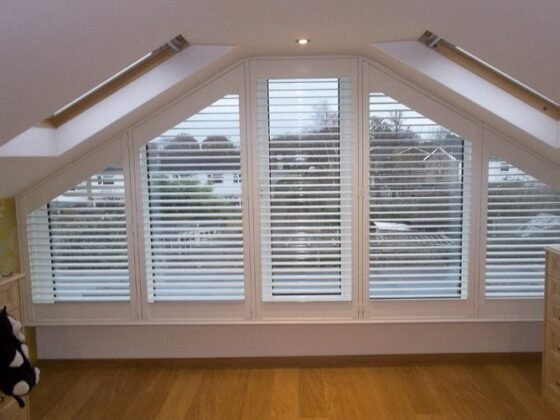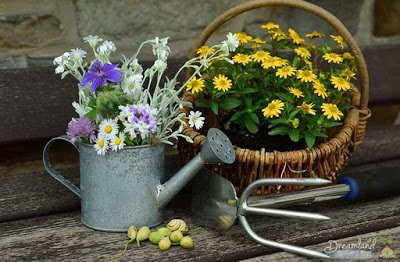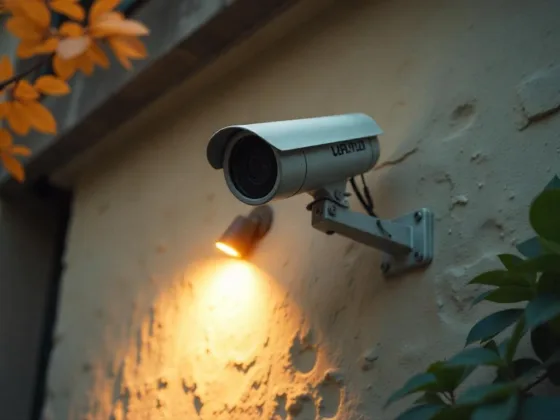Table of Contents Show
A Concise Guide to Rooftop Gardens — Although the concept of rooftop gardening is not new, there are several factors to consider if you want to utilize the roof of your building.
Introduction to Rooftop Gardens
With the different building materials used nowadays, what used to work for stone houses is not always feasible for newer structures. A rooftop garden provides a haven for birds, bugs and increases the oxygen levels. Plus, it provides a source of fresh produce, which is so often not available to everyone.
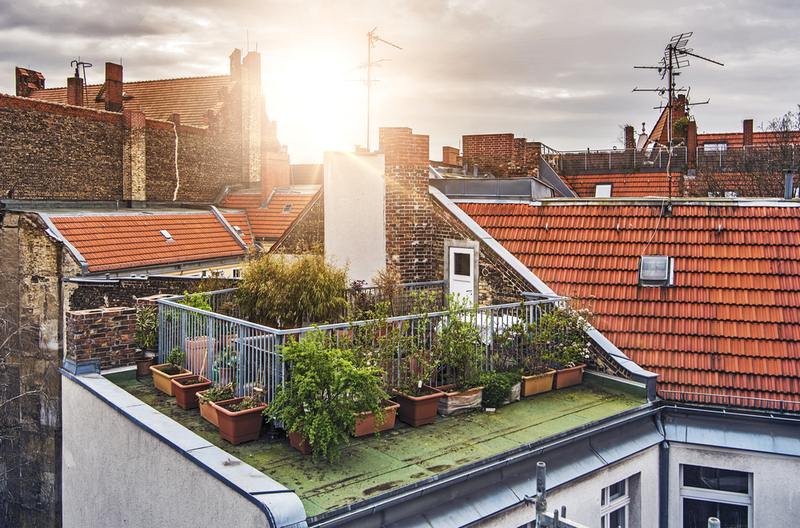
Factors to Consider
When planning a rooftop garden, you can’t just plant it and expect it all to go well. This is a case where knowing structural and environmental factors is essential. The last thing anyone wants is to have their ceiling crashing in because of too much weight above.
Rooftop Garden Weight
Weight is a huge factor to consider with a rooftop garden. While you may not think a few plants will weigh much, you also have to take into consideration the soil, water, pots/containers, tools, and the growing plants themselves.
They all add up, and the consequences of not knowing how much weight the roof can withstand can be catastrophic. Before beginning any rooftop gardening, have the building inspected by a professional to see if it’s able to withstand the stress.
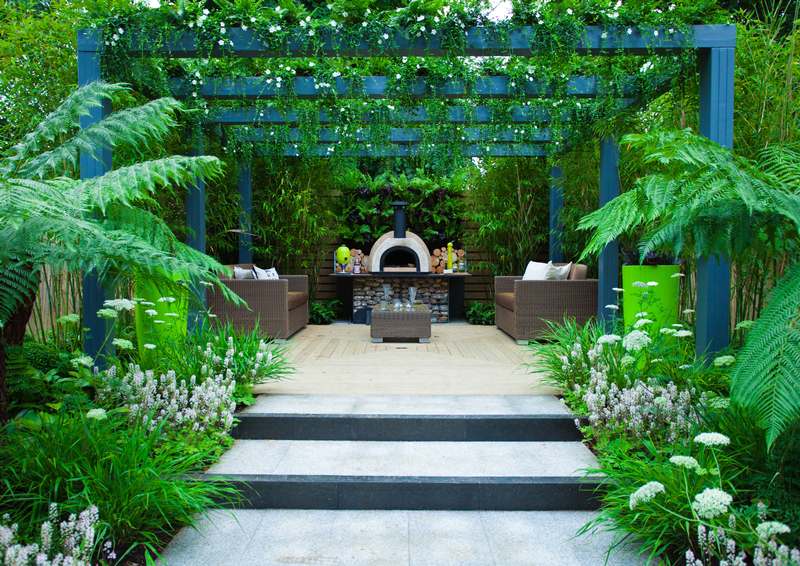
Moisture
While an open roof dries fairly quickly after a rain, one filled with plants, pots of soil, and even trees will take much longer to dry. Can the rooftop withstand the prolonged moisture without being damaged? Once again, this is something to have inspected by a professional.
Wind
Although we may not feel it at ground level, the air currents are stronger higher up. If your rooftop is several stories up, you will have more airflow than there is on the ground. Therefore, you should choose plants and trees that will be able to withstand windy conditions.
Access
Having a rooftop garden is one thing, but if you don’t have easy access to it then it’s not feasible. If you live in an apartment complex and you have to get the key to open the door to the roof from the building manager, then you may have to rethink your strategy.
Also, is your garden going to interfere with emergency crews should there be a fire or other emergency in the building? And last but not least, how easy will it be to get your materials to the roof?
Read Also:
Privacy
With the number of people on the rise, privacy is often a rare commodity. When planning your rooftop garden, take into account the surrounding buildings. Are they higher than yours? Can the tenants see into your space? If so, you may wish to add trellises or other privacy screening structures.
Cost
This is often the biggest determining factor when it comes to rooftop gardening. Along with the regular expenses of tools, soil, containers, and plants, you must also take into account the cost of additional insurance.
If a plant leaks or the roots grow into the roof, the cost to repair the damage can be as high as your garden, if not higher. Are you prepared to pay the premiums and/or damages?
Designing Your Rooftop Garden
When all have been inspected, approved, and considered, the design may begin. Your plants and containers will have to be able to withstand windy conditions, extreme heat, and in some cases flooding. In a heavy rainstorm, the water will not run off quickly and may result in your garden is flooded.
Create shade by utilizing lattice and vines; incorporate a small water feature such as a fountain or waterfall and utilize lightweight containers for your flowers and vegetables, click here for more ways you can design your rooftop garden and how the surrounding environment is one of the most important aspects. Don’t forget to add a small table and chair or two so you may enjoy your space.

Conclusion
With all that needs to be considered when planning a rooftop garden, the end result will be worth it when you are able to implement your design. It doesn’t need to be a huge garden by any means; something as simple as a few tall potted plants placed strategically can provide privacy. Adding containers filled with soil for vegetables will provide fresh produce, and the act of gardening itself can provide stress relief.
